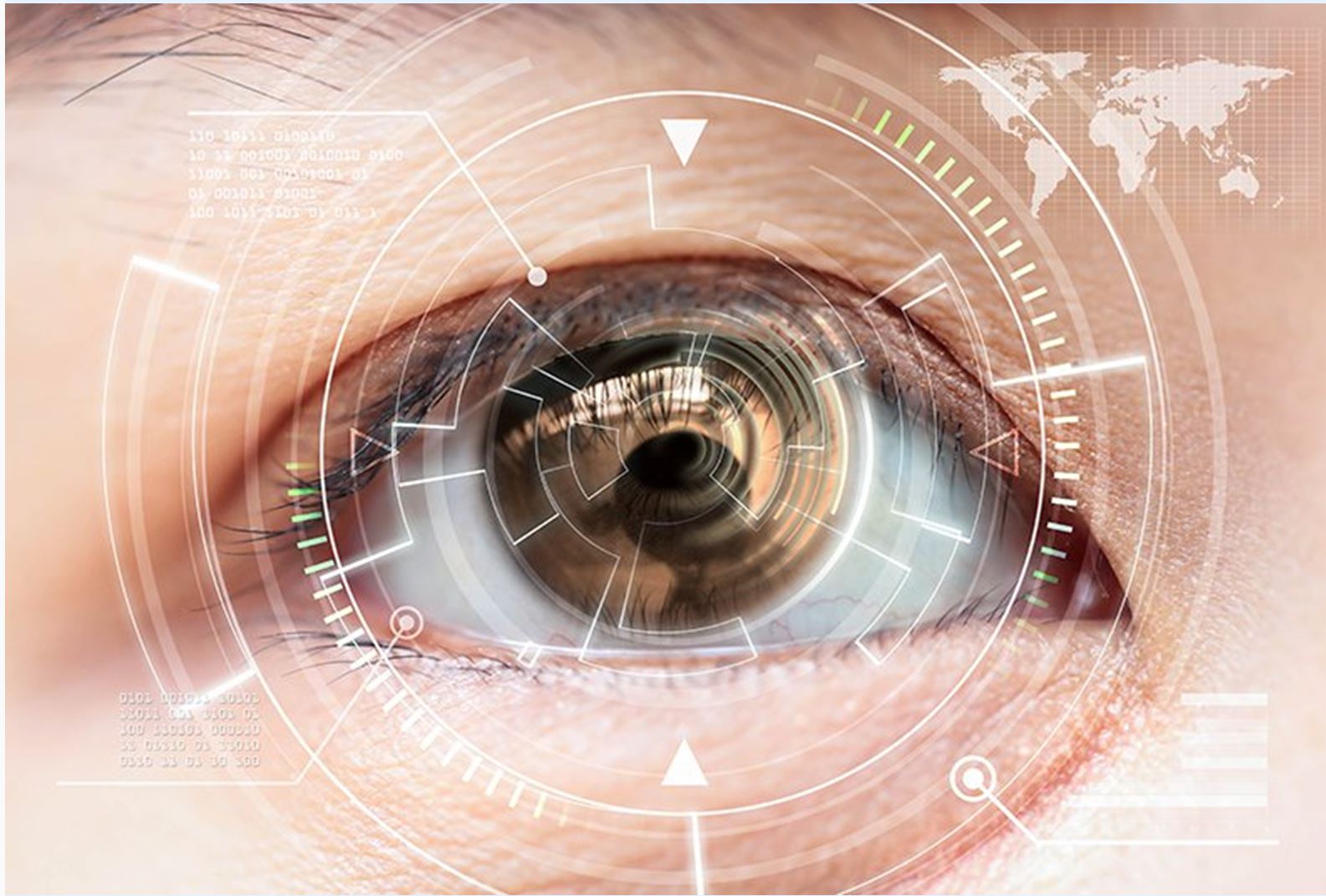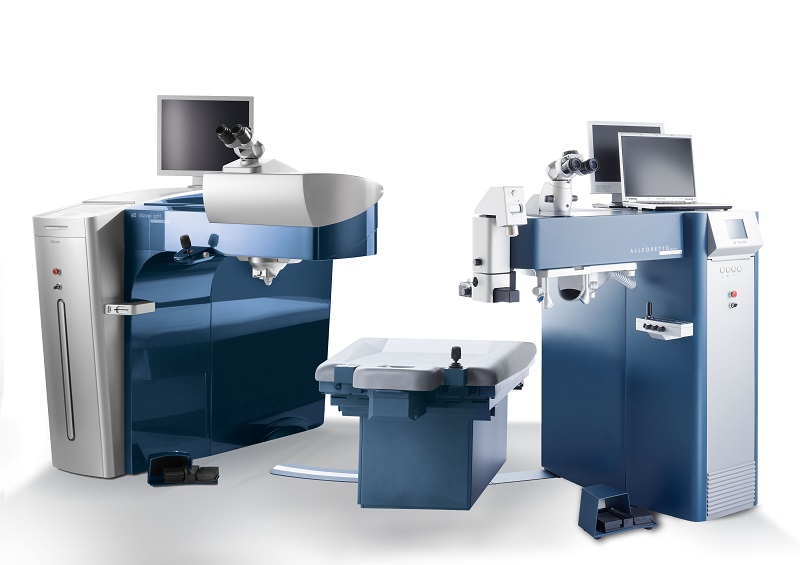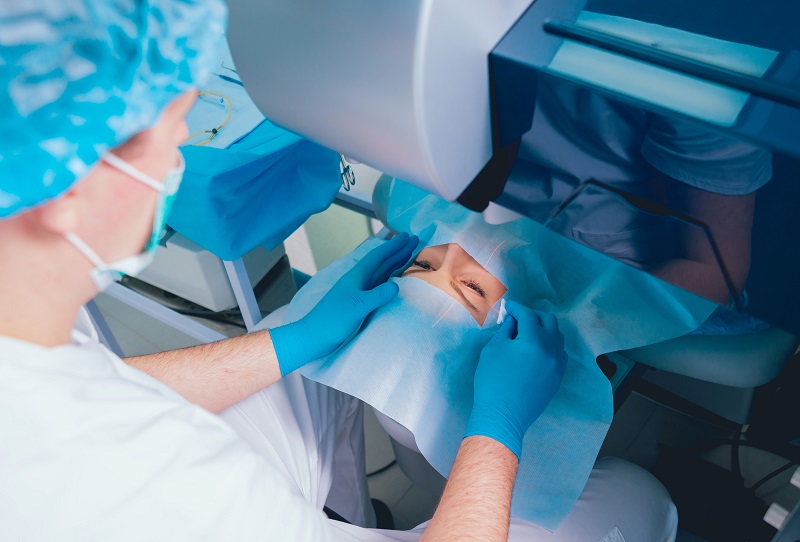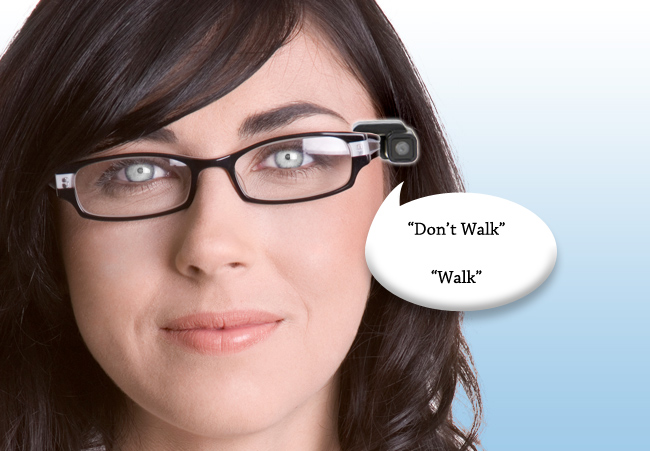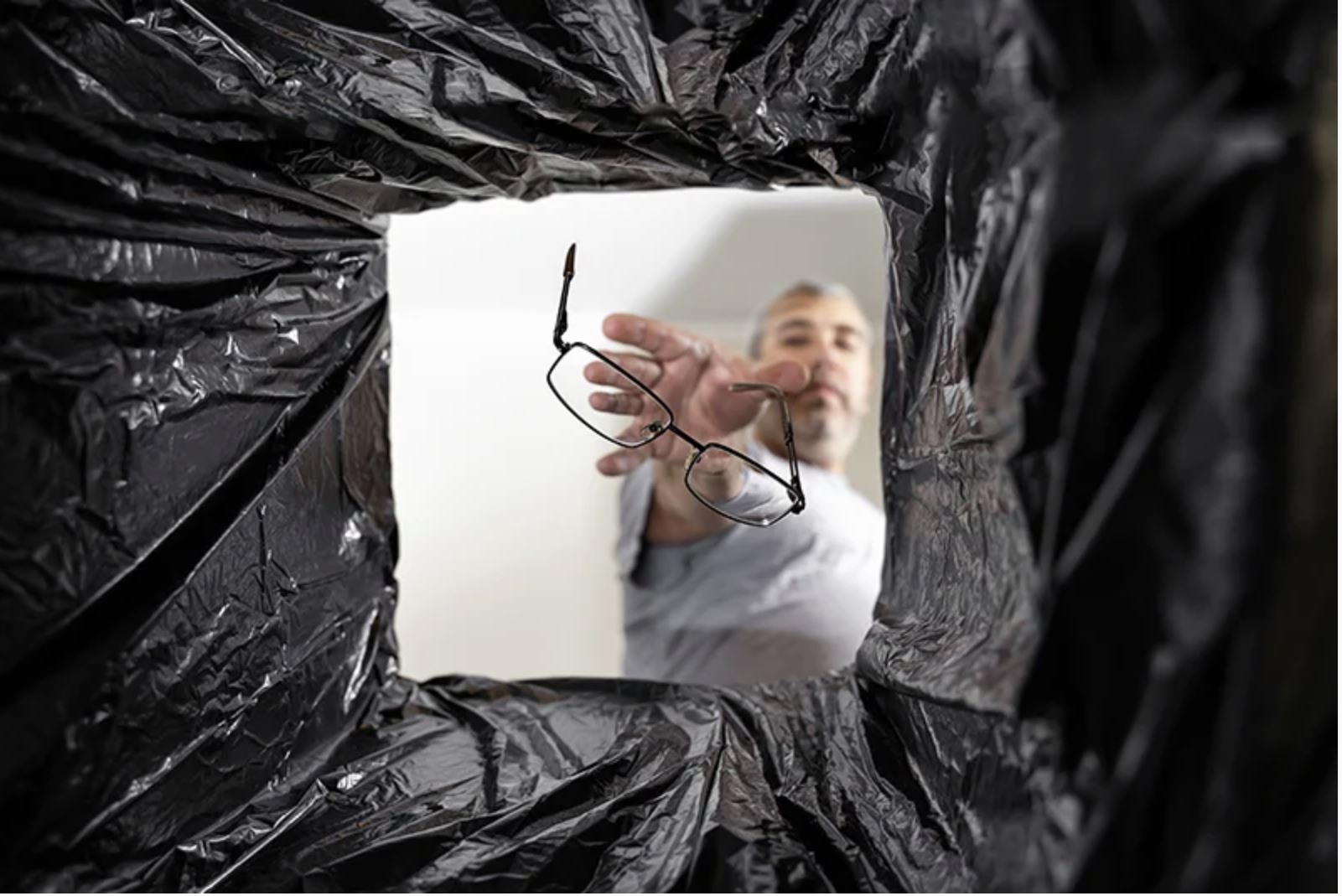
LASIK is the world’s most popular corrective surgery for farsighted, nearsighted, and astigmatism. The procedure is pain-free and consists of reshaping the cornea with a laser, no blades! If you are considering getting LASIK, take our LASIK survey or make an appointment with one of our ophthalmologists to see if you qualify and follow countless others on the road to clearer vision.

